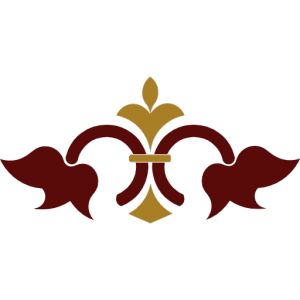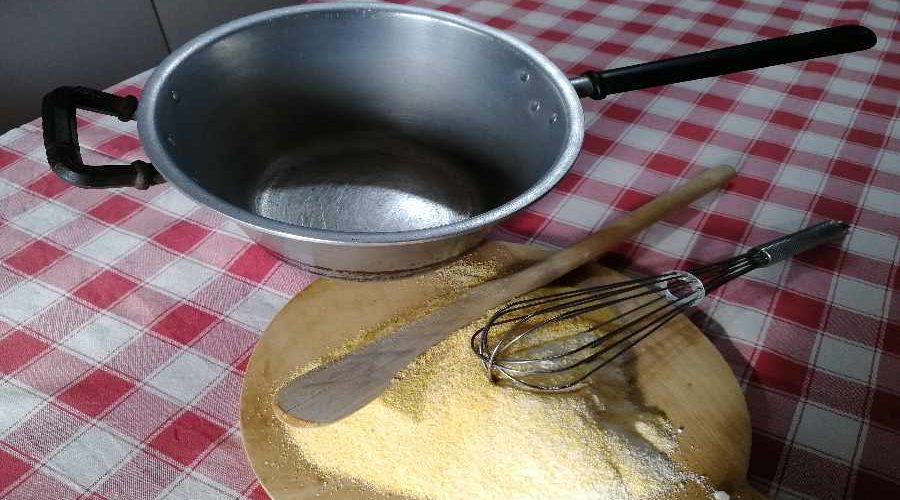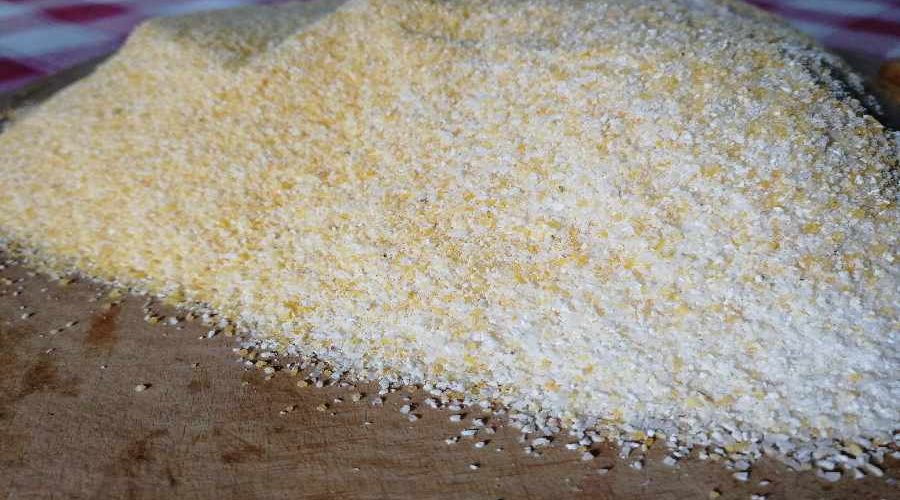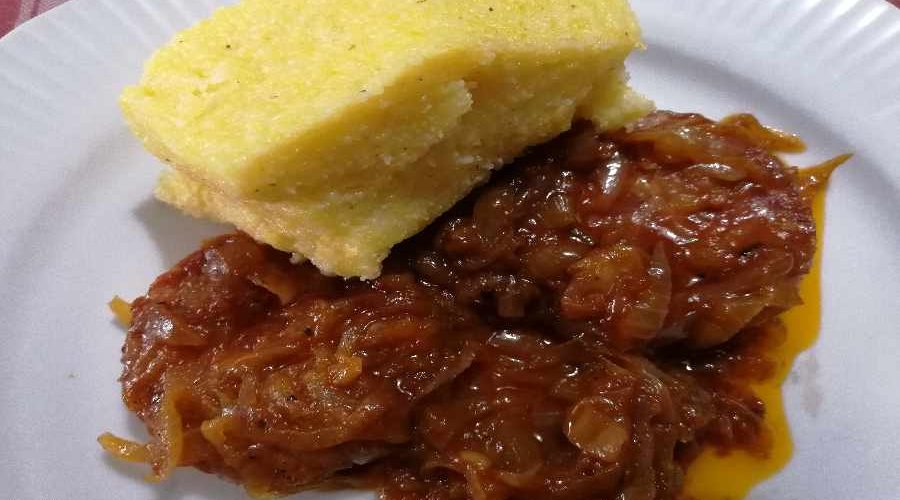If I think about polenta, my first remembrance is about my grandpa, sitting near the spolert (which is a stove typical from Friuli, where the whole family would gather to warm up, cook and share stories) husking corn. That corn would then be grounded to make a flour that would turn into polenta.
My mum tells me that when they had nothing else but stale polenta to eat, she used to soften it in warm milk and eat it for breakfast.
Cheap, nutritious and easy to make, polenta was at the base of the poor farmers’ diet. It dates back to ancient times and before 1492, when Columbus brought back the first corn from the newly discovered Americas
it would be prepared with different grains such as barley and millet, sometimes enriched with linen seeds and honey,
as Mastro Martino, the most famous medieval cook of our region wrote in his “DE ARTE COQUINARIA” in the 15th century.
As for me, being used to a different lifestyle than my mother, polenta reminds me of my grandparents. I would visit them at their house and a pan full of boiling water would always be ready to have corn flour be poured inside and make polenta. My grandma would then stir it for about an hour with a long wooden stick called “cannella”. When ready, she would then dump the moist polenta over a wooden chopping board, cut it in pieces with a cotton line and then cover it up in a cloth to keep it warm and moist. We loved to eat it together with savoury foods such as vinegar salami, but it pairs up well with many flavours.
If you decide to try it please have a nice red wine ready so to really enjoy polenta. For example a Friulian Schioppettino would be best, but this is as far as my taste goes.





